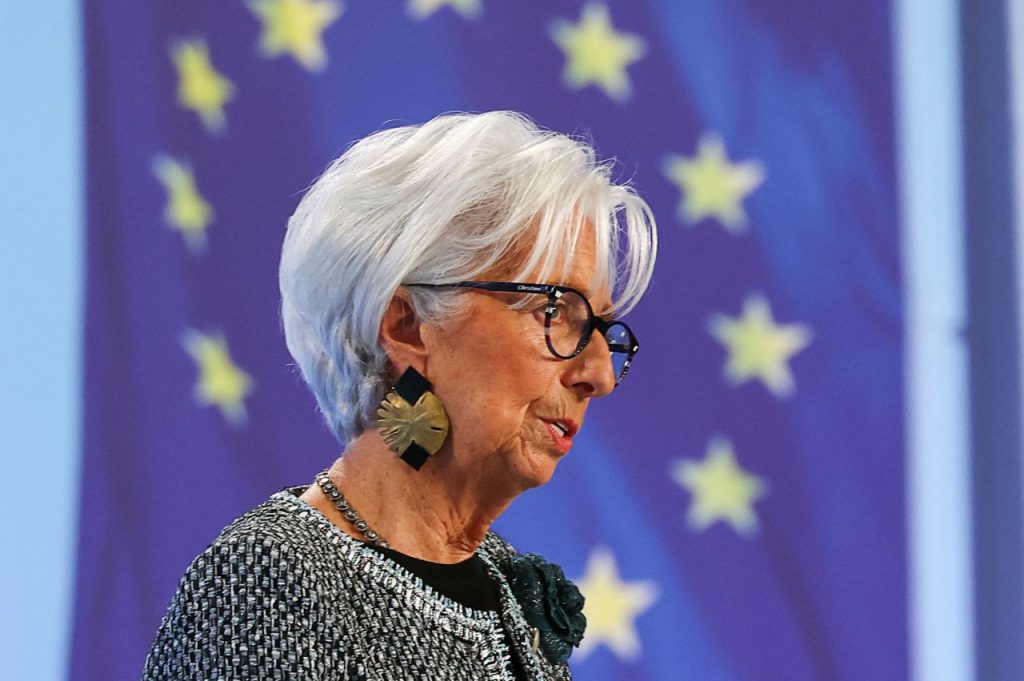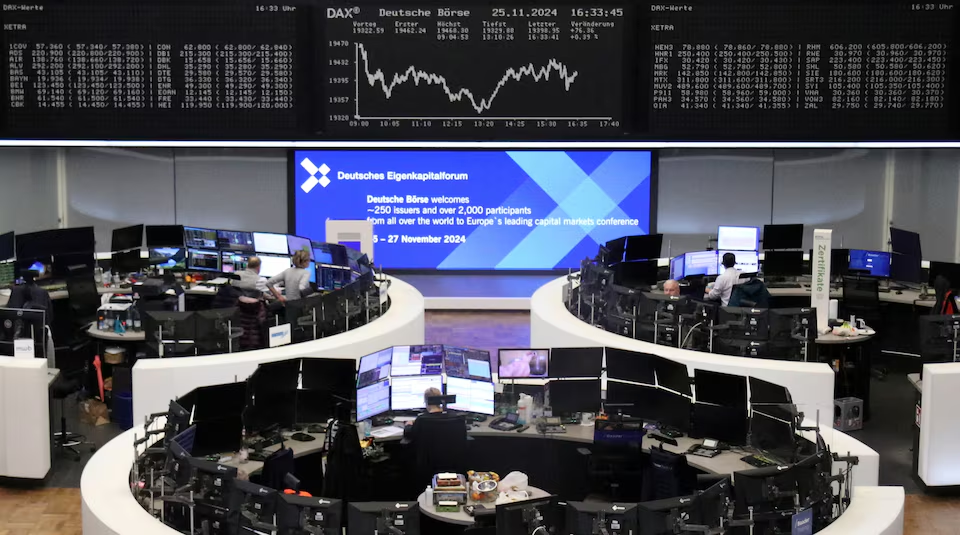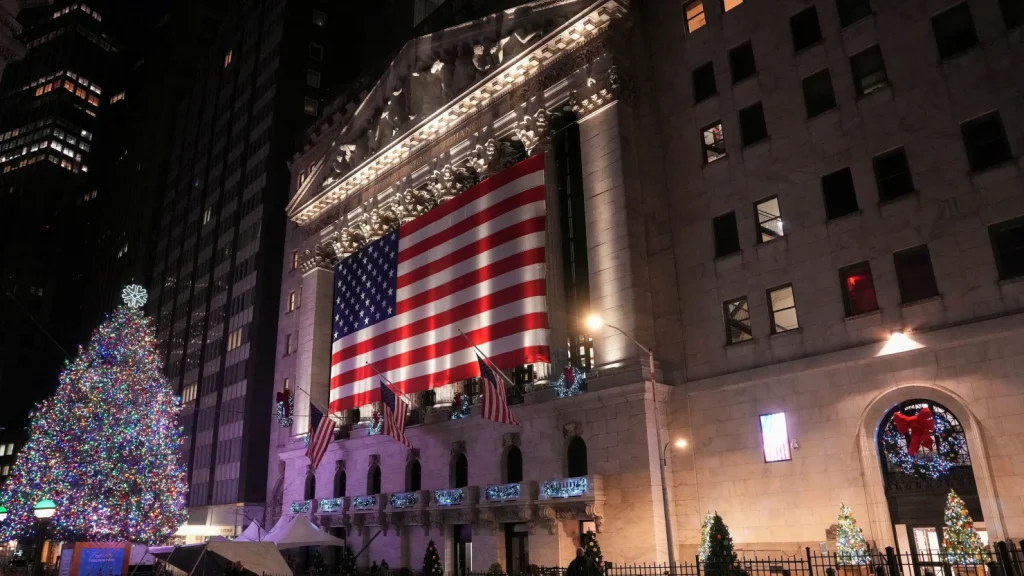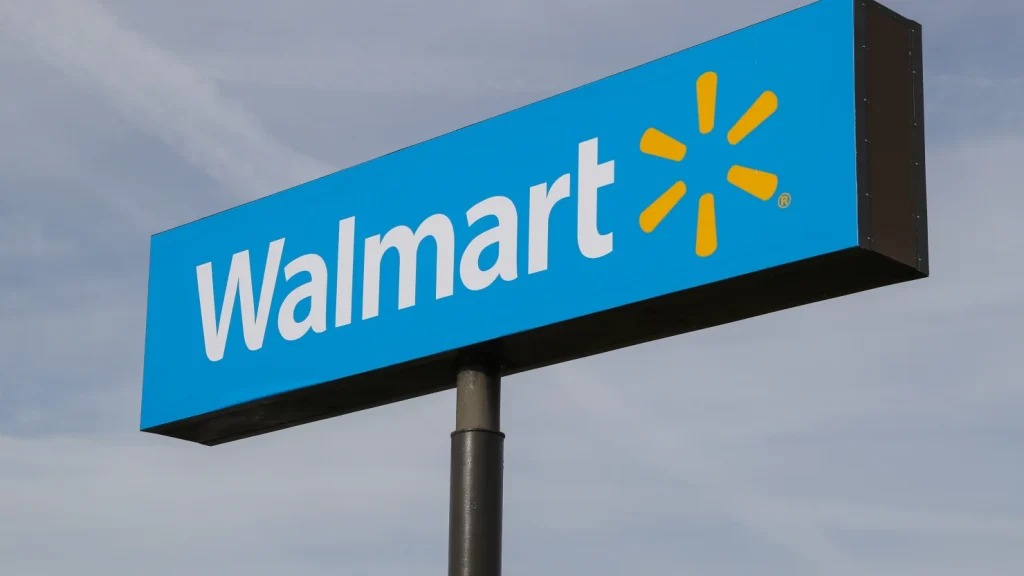Retail sales rose at healthy pace last month in latest sign of US economy’s health

Retail sales in the United States rose at a healthy pace last month, signaling continued strength in the economy despite concerns about inflation and rising interest rates. The latest data, released by the U.S. Department of Commerce, shows that consumer spending, a key driver of economic activity, has remained robust, contributing to the overall stability of the U.S. economy. This positive trend in retail sales provides a welcome sign for both economists and policymakers as they closely monitor the nation’s economic health.
Retail sales increased by a solid margin last month, outpacing expectations and providing evidence that American consumers are still willing to open their wallets, even as inflationary pressures and higher borrowing costs have been a concern for many. The report revealed that sales grew across a variety of sectors, including both online and in-store shopping. The performance of key categories, such as electronics, home goods, and apparel, contributed significantly to the overall sales growth. Even categories that had struggled during the height of the pandemic, like restaurants and travel-related services, saw an uptick in demand.
Economists point to several factors that have helped sustain consumer spending. Despite the challenges posed by inflation, wages have been rising steadily, allowing many consumers to maintain their purchasing power. Additionally, job growth has been strong, which has helped boost confidence and kept unemployment at historically low levels. As a result, consumers have remained willing to spend, especially on discretionary items such as clothing, electronics, and home goods.
Retailers have also adapted to the evolving demands of consumers. Many stores have increasingly relied on a combination of physical and digital sales channels, making shopping more convenient for customers. E-commerce has continued to grow, but brick-and-mortar stores have also benefited from increased foot traffic as people return to in-person shopping experiences. The flexibility and resilience of retailers have played a key role in maintaining strong sales figures.
The latest retail sales report is significant because it comes at a time when the U.S. economy is navigating a complex landscape. Inflation remains a concern, and the Federal Reserve has raised interest rates multiple times in an effort to curb rising prices. Higher interest rates generally lead to more expensive borrowing, which can slow down consumer spending. However, despite these headwinds, the latest sales data suggests that consumers are still confident in their financial situation, and the economy as a whole has shown resilience in the face of these challenges.
Some analysts caution that the strong retail sales figures may not be sustainable in the long run. While consumer spending has been a bright spot in the economy, rising interest rates and the potential for a slowdown in housing and manufacturing could dampen economic growth in the coming months. There are also concerns that inflation could continue to erode consumer purchasing power if it remains elevated. Nonetheless, the current retail sales performance serves as an encouraging indicator of the economy’s health for now.
Retail sales are a critical component of the broader economy, accounting for a significant portion of GDP. When consumer spending is strong, it has a ripple effect on other sectors, from manufacturing to logistics to services. In recent months, sectors such as automotive and construction have also seen growth, further supporting the notion that the economy remains on solid footing. However, economists continue to monitor global economic trends, including supply chain disruptions, geopolitical tensions, and fluctuations in energy prices, all of which could affect future growth.
The latest retail sales report also highlights the ongoing shift in consumer behavior. Consumers have become more price-conscious, looking for bargains and discounts, but they have continued to spend, especially on experiences and big-ticket items. Retailers have responded with promotions, discounts, and tailored offerings to cater to changing consumer preferences. The holiday shopping season is expected to be a key period for many retailers, as they aim to capitalize on the final stretch of the year’s shopping surge.
In conclusion, the recent increase in U.S. retail sales underscores the resilience of American consumers and the broader economy. Even in the face of inflation and higher interest rates, consumer spending has remained strong, providing a hopeful outlook for the nation’s economic future. While challenges remain, particularly related to inflation and borrowing costs, the healthy pace of retail sales is a positive sign that the U.S. economy is on solid ground for now. As the year progresses, many will continue to watch retail trends closely as a barometer for economic health.






